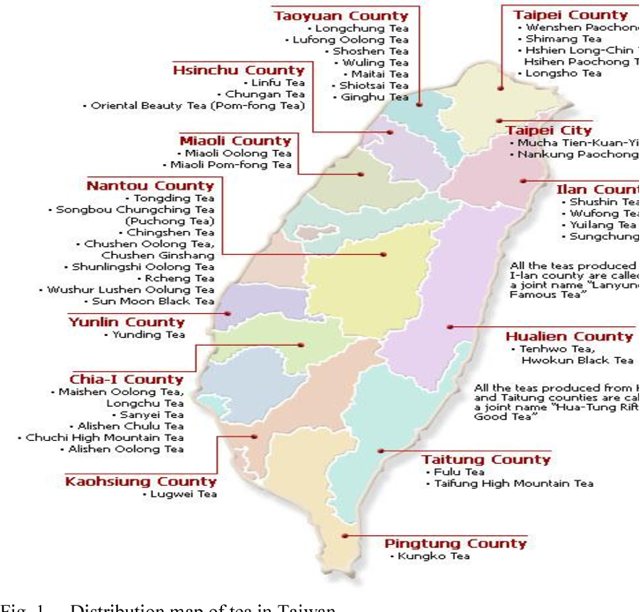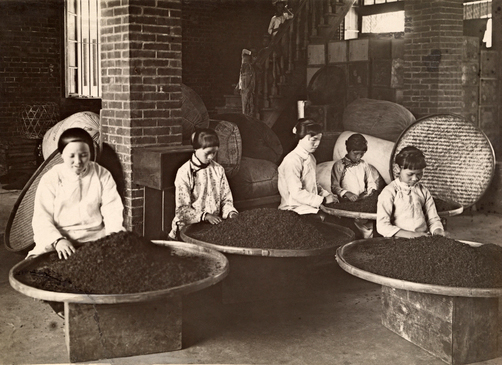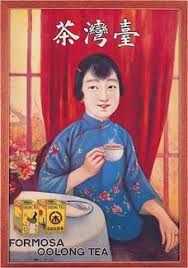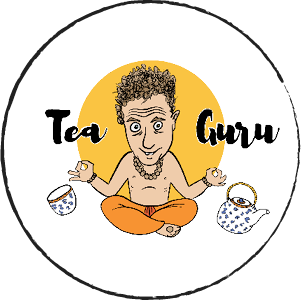
In this blog we will guide you through a brief history of tea in Taiwan and take a look at the different types of Taiwanese tea available and the famous growing areas. Taiwanese tea AKA ‘Formosa’ is well regarded for its unique and interesting aroma profiles. I’ve always adored these teas for their flavour forward styles that make an easy starting point for any newbie wanting to explore fine teas further. You just can’t go wrong with them!
Here are some popular Taiwanese teas with brief descriptions:
Oolong Tea (Wulong):
Taiwan is renowned for its high-quality oolong teas, which vary in oxidation levels and varied spectrum of flavour profiles. Examples include Alishan, Dong Ding, and Tie Guan Yin, each offering unique floral, fruity and sometimes dark roasted notes.
Taiwanese Green Tea:
While less common than oolong, Taiwan produces some notable green teas like Bi Luo Chun and Bi Tan Piao Xue, known for their fresh and grassy flavors.
Pouchong (Baozhong):
A lightly oxidized oolong with a delicate and floral taste, Pouchong is often considered a category between green and oolong teas.
Taiwanese Black Tea (Hong Cha):
Sun Moon Lake Black Tea is one of our all time favourite Black teas and insanely popular in the shop. known for its rich, malty flavor. It undergoes full oxidation, distinguishing it from other Taiwanese teas.
Ruby Red Tea (Hongyu):
Also known as Red Jade Tea, it’s a type of black tea with a bold flavor profile and a hint of cinnamon and mint.
Dong Fang Mei Ren (Oriental Beauty):
AKA ‘Bug Bitten Oolong’ This is a unique oolong with a complex flavor profile, it’s famous for its honey-like sweetness and fruity notes, attributed to insect bites on the tea leaves. This insect biting triggers the plant’s natural defense mechanisms, leading to a complex flavor profile. A ‘must try’ tea!
GABA Oolong tea:
A unique Taiwanese tea with noted health benefits. GABA stands for Gamma-Aminobutyric Acid, an amino acid that occurs naturally in tea leaves. In the production of GABA tea, oxygen is replaced with nitrogen during processing, leading to increased GABA content. Often made from high quality oolong leaves, and the absence of oxygen triggers a natural chemical reaction that elevates the GABA levels. GABA is believed to have calming effects and potential health benefits related to stress reduction and improved sleep. This tea has a smooth, mellow dark fruit flavor with a subtle sweetness.
High Mountain / Low Mountain/ Organic / Competition Grade.
Whilst exploring Taiwanese tea you will come across these variants. High mountain is very sought-after, and produced in much less bulk compared to lower lying regions. The high elevation makes it near impossible to use cutting machines and so it will always be hand picked (which is what you want!). High mountain tea will be generally more complex compared to low mountain, but I do find low mountain tea to be much more flavour forward, if a little one dimensional. These cheaper lower level teas are absolutely perfect for newcomers and will not break the bank. Organic tea is on the rise in Taiwan with more and more farmers switching to this cultivation method. At the moment they are really quite expensive but worth trying. those seeking the best of the best might want to look at competition grade tea. There is a thriving competitive tea scene in Taiwan with some Incredible small batch offerings out there.
Taiwan has several key tea-producing regions. Here are some of the prominent ones:

Alishan (阿里山):
Located in central Taiwan, Alishan is famous for its high-mountain oolong teas. The cool climate and high altitude contribute to the unique flavor profiles of teas grown in this region.
Li Shan (梨山):
Another high-mountain tea region, Li Shan is known for producing premium oolongs. Teas from this area are often characterized by floral notes and a sweet taste.
Dong Ding (凍頂):
Situated in Nantou County, Dong Ding is renowned for its oolong tea. The region’s specific terroir and traditional roasting methods contribute to the distinctive flavor of Dong Ding oolong.
Sun Moon Lake (日月潭):
This area is known for producing unique black teas (one of our all time favs). Sun Moon Lake Black Tea is a popular variety with a rich, malty flavor.
Lugu (鹿谷):
Lugu, located in Nantou County, is a well-known tea-producing region. It’s particularly famous for its Tie Guan Yin oolong tea.
Pinglin (坪林):
Near Taipei, Pinglin is one of the oldest tea-producing regions in Taiwan. It is known for its Pouchong tea and is easily accessible from the capital city.
Wenshan (文山):
This area produces a variety of teas, including Baozhong (Pouchong) and Tie Guan Yin oolong. Wenshan is in the northern part of Taiwan.
A brief history of Tea In Taiwan:
In the 1600s, during the Ming Dynasty, Chinese immigrants arrived in Taiwan and brought with them tea cultivation techniques and Chinese cultivars from Fujian province. The island’s favorable climate and topography proved to be conducive to growing high-quality tea.  During the Qing Dynasty (17th to early 20th century), the cultivation of tea in Taiwan expanded. Oolong tea, in particular, gained popularity, and specific regional styles started to emerge. In 1865 a british merchant named John Dodd made a visit to Taiwan and unleashed its wonder to the western world. ‘Oriental Beauty’ was apparently coined as a name for Dong Fang Mei Ren as it was a favourite beverage for Queen Victoria.
During the Qing Dynasty (17th to early 20th century), the cultivation of tea in Taiwan expanded. Oolong tea, in particular, gained popularity, and specific regional styles started to emerge. In 1865 a british merchant named John Dodd made a visit to Taiwan and unleashed its wonder to the western world. ‘Oriental Beauty’ was apparently coined as a name for Dong Fang Mei Ren as it was a favourite beverage for Queen Victoria.
During 1895-1945 Taiwan was under Japanese rule and the Japanese invested in modernizing the island’s tea industry. They introduced new cultivars and production methods, contributing to the further development of unique Taiwanese teas.
Late 20th century to the present day Taiwan’s teas gained international acclaim for their quality and unique characteristics. High-mountain oolongs, like Alishan and Li Shan, became particularly popular. The island’s tea industry underwent modernization, focusing on sustainable and artisanal production to which we now see today. The artisanal tea scene is shrinking some what as the younger generation of ‘would be’ tea farmers are opting for a more modern life in the city rather than farming. A trend we are noticing in other tea regions. Taiwan introduced tea competitions in the late 20th century, emphasizing quality control and setting standards for various tea types. This has contributed to the reputation of Taiwanese teas for their consistent high quality. It’s also important to note that Taiwan has a loyal Puerh following and naturally stored raw Puerh from this region has a very balanced profile. In the early 2000’s many puer aficionados decided to visit Yunnan (the home of Puerh tea) to help improve the sometimes lacking production techniques. up until this time, it was quite normal to expect smoky notes in produced Puerh tea which is generally unwanted. This intervention by Taiwanese puerh enthusiasts helped pave the way to today’s more consistent production!
Well, I hope you enjoyed my little blog, please feel free to take a look at our selection of Taiwanese tea in our shop, Oli
